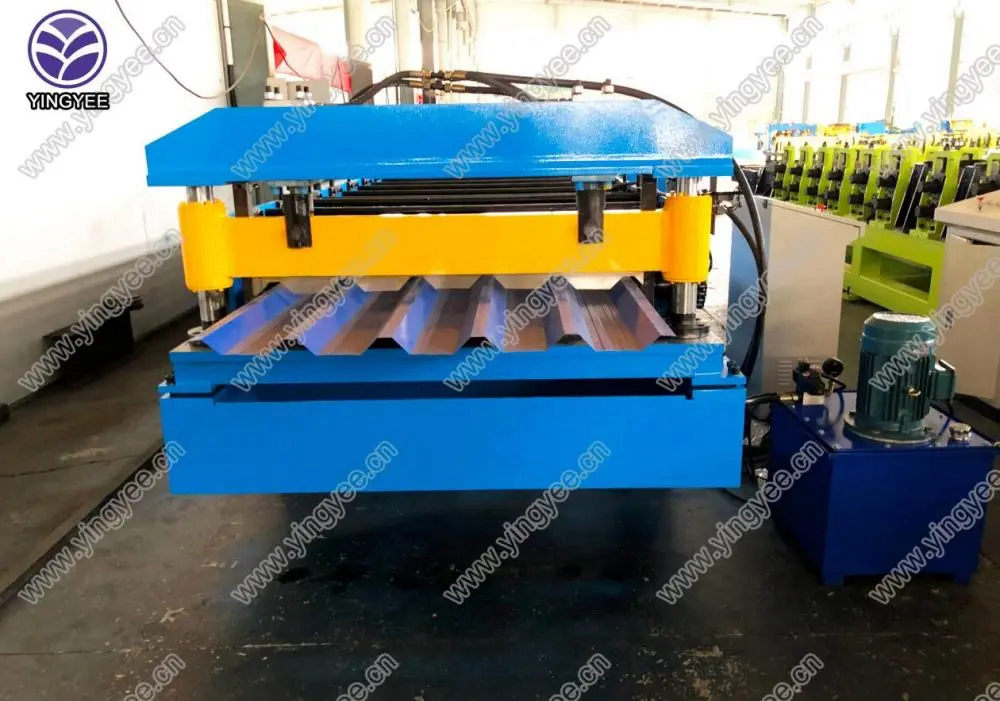
Understanding Purlin and Stud Machines Innovation in Steel Fabrication
In the realm of construction and structural engineering, the efficiency and precision of materials are paramount. As prefabrication technology continues to advance, purlin and stud machines have emerged as crucial tools, enhancing the manufacturing process of steel components used in various building projects. This article delves into the significance, working mechanisms, and advantages of purlin and stud machines, showcasing their role in modern construction.
What are Purlins and Studs?
Purlins are horizontal structural members used to support roofing and are often made from steel due to its durability and strength. They play a critical role in transferring loads to the primary framework of a building, making them essential in both commercial and residential structures. On the other hand, studs are vertical framing members that form the backbone of walls in buildings. Typically made from steel or wood, studs serve as a support structure for drywall and insulation as well.
The Function of Purlin and Stud Machines
Purlin and stud machines are specialized equipment designed to automate the production of steel purlins and studs. These machines utilize advanced technology to roll form steel sheets into specific shapes and profiles required for construction. The process involves feeding a coil of steel into the machine, which then passes the metal through several roller stations. Each station progressively shapes the steel, producing the desired profiles with precision and consistency.
Working Mechanism
The operation of purlin and stud machines can be broken down into several key components
1. Material Feeding System The steel coil is unwound and fed into the machine. The feeding system ensures that the material is properly aligned and tensioned as it enters the roll forming stations.
2. Roll Forming Stations These are strategically positioned rollers that shape the steel as it passes through. Each roller is designed specifically to impart a certain bend or curve to the material, resulting in a finished product that meets industry standards.

3. Cutting Mechanism Once the steel has been shaped, the machine includes a cutting mechanism that accurately cuts the formed material to the desired length. This ensures that all purlins and studs produced are uniform and ready for installation.
4. Control System Modern purlin and stud machines are equipped with computerized control systems, allowing operators to program specific designs, sizes, and production runs. This level of automation increases productivity and reduces human error.
Advantages of Using Purlin and Stud Machines
1. Increased Efficiency Automated machines can produce large quantities of purlins and studs in a fraction of the time it would take to manufacture them manually. This boosts the overall efficiency of construction projects.
2. Cost-Effectiveness By minimizing labor costs and maximizing output, purlin and stud machines can significantly reduce the overall cost of materials for builders and contractors.
3. Quality and Consistency The precision offered by these machines ensures that each component meets stringent quality standards. This not only reduces waste but also enhances the overall integrity of the construction.
4. Diverse Applications Purlin and stud machines can be adapted to produce various profiles, catering to a wide range of construction needs. Whether it is for commercial buildings, residential homes, or industrial structures, the versatility of these machines makes them invaluable.
Conclusion
Purlin and stud machines represent a leap forward in the field of steel fabrication, embodying the future of efficient and precise construction materials manufacturing. As the construction industry continues to evolve, the demand for reliable, high-quality materials will only increase. Embracing the technology offered by purlin and stud machines not only enhances production capabilities but also contributes to the overall quality of building projects. In an era where time and efficiency are critical, these machines stand at the forefront of construction innovation, paving the way for a more sustainable and effective built environment.